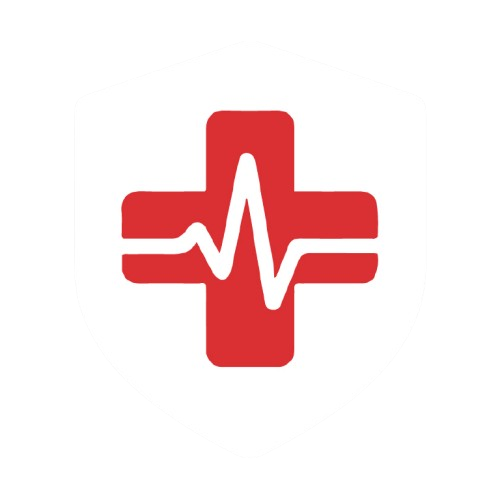
We Are Here To Help With Your queries !

Voice-Assisted Manikin (VAM) Training is a CPR training manikin that provides instant, standardized feedback. As learners practice, the manikin gives corrective audio prompts (and often visual cues) to ensure proper technique.
VAM technology is a key feature in many blended-learning programs, including the American Heart Association’s HeartCode® courses. In these programs, students first complete the online portion, then demonstrate hands-on skills with a VAM. Acting like a personal coach, the VAM objectively guides and evaluates essential CPR skills such as compression depth, rate, recoil, hand placement, and ventilation timing and volume.
Research shows that automated voice feedback not only improves initial CPR skill learning but, in some cases, performs just as effectively as instructor-led training for specific skills. Because of this, VAM is recognized as a reliable tool for verifying CPR competency in blended courses and as a valuable complement to instructor-based training.
The American Heart Association’s HeartCode® programs are blended-learning courses for BLS (Basic Life Support), ACLS (Advanced Cardiovascular Life Support), and PALS (Pediatric Advanced Life Support). cpr.heart.org+2cpr.heart.org+2
Rather than doing the entire course in person, HeartCode allows learners to complete the cognitive (knowledge) portion online—at their own pace—before attending a hands-on skills session where CPR, AED use, airway management, and other life-support procedures are practiced and tested. cpr.heart.org+3cpr.heart.org+3cpr.heart.org+3
Key features & benefits
For a detailed comparison, see this guide: ACLS, PALS, and BLS Certification Guide eMedCert
Also see an overview targeted toward nursing: Everything Nurses Need to Know About ACLS, BLS & PALS Nurse.org
According to Everything Nurses Need to Know About ACLS, BLS & PALS, “The Basic Life Support (BLS) certification is required for all registered nurses. Advanced Cardiovascular Life Support (ACLS) is required for RNs working in the ICU or with adults. Pediatric Advanced Life Support (PALS) is required for RNs working with pediatric patients.” Nurse.org

Cardiopulmonary resuscitation (CPR) keeps blood and oxygen flowing through the body when the heart stops beating. Chest compressions manually pump the heart, moving oxygen-rich blood to the brain and vital organs. Rescue breaths (or ventilations) add oxygen to the lungs, which then circulates with each compression.
While CPR does not restart the heart, it buys precious time by keeping the brain alive until advanced care (like defibrillation or medications) can restore a normal heartbeat. Without CPR, brain damage can begin in as little as 4–6 minutes.
Home | About Us | Classes | Locations | Blogs | FAQ’s | Group Training | Contact Us
#1. Select your Course, Location and Time
#2. Complete the AHA Online Training
#3. Perform the hands on skills check
#4. CONGRATS! You are certified!